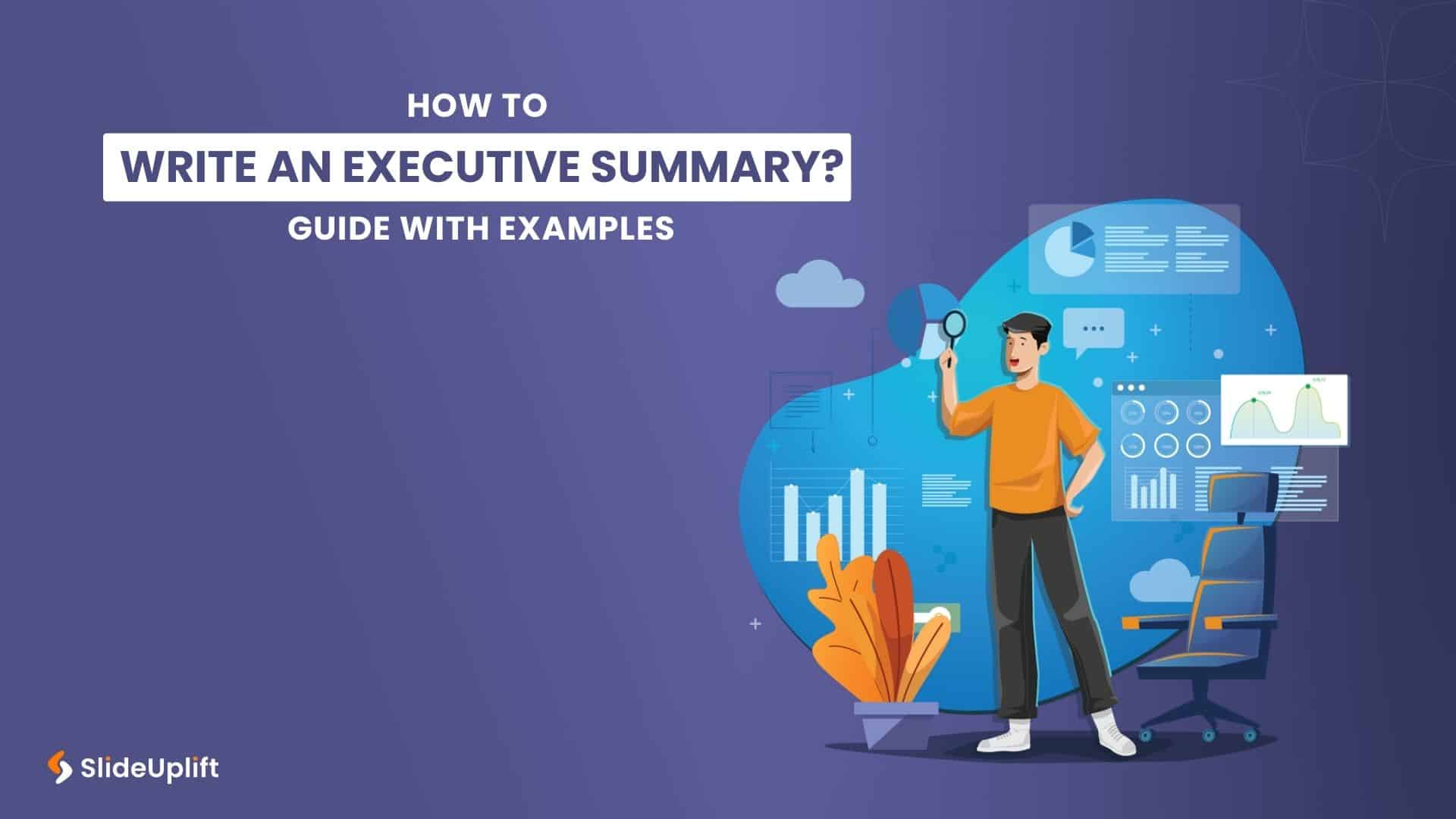Top Summarization Techniques that Pro Presenters use
There is an expression experience presenters often use: “I don’t want to drain the slides, so here are the key ideas.” An audience on the verge of drifting to another side suddenly changes its mind and refocuses.
This is just an example of the power of summarization and the risks of too much information. A presentation that drags on and on can make the audience bored, uninterested, and inattentive to the information being presented.
One of the most important skills for a business communicator is brevity: getting your point across in as few words as possible.
In this blog, we will talk about
Why Do We Need to Summarize Our Presentations?
Summarization is a necessary part of presentations as they allow for information to be transmitted concisely. As such, these are some of the reasons why we need to summarize our presentations.
Focus
The audience will tend to wander off when presented with too much content. Summarization helps focus since it keeps the mind engaged in filling the information that is not being presented. It creates an engagement at a subtle level and lends focus. Most importantly, it forces the presenter to think from the perspective of the receiver of the message and naturally improves the focus of the presented content.
Reiteration of Points
Summarization is also often used to reiterate important points made in the presentation to refresh the audience’s memory. These are often done using executive summary slides at the end of presentations, as well as audience engagement to review the information just presented.
Simplify Complex Information
Presentations often contain complexity. This includes slides containing data, results of analytics, explanations of phenomena, etc. By summarizing at the end of the presentation, a presenter can emphasize key messages and points to ensure the main ideas are not lost in complexity.
Retain Audience Attention
Research suggests that, on average, you get about 8 seconds of focused attention span from the audience before the attention starts to drift. These 8 seconds then become crucial in engaging an audience. Using summarization techniques, a presenter can make the most of what is available and cultivate interest in what is to come during the presentation.
Types of Summarizations
Using PowerPoint slides to summarize ideas can be quite powerful and can indicate your intent to respect your audience’s time and attention. These slides ideally incorporate visual elements along with text to create a good impact on the audience.
Here are some ideas to use these elements in practice. Each of these ideas serves different purposes and can be picked depending on one’s individual context.
1. Dashboards
Dashboards are one of the most effective summarization tools for business communication. They are highly customizable and tend to be heavier on visual elements. Dashboards are also often used as summarization pages for project reports or status reports. They are used to collate all the data for that project into one cohesive and easy-to-follow view.
Source: Dashboard Templates by SlideUpLift
A dashboard allows a presenter to present various bits of information from multiple sources into a single slide. This is done through the effective use of space on a slide with the help of shapes, images, charts, tables, and gauges. Check out more variety of dashboard templates.
2. One Page Summary
Different from dashboards by way of the type of content, one-page executive summary slides consist of bullet points, timelines, graphs, or business matrices. The emphasis is on text-heavy information that cannot be easily quantified and has to be presented neatly set up brief blocks of text.
Source: Executive Summary Templates by SlideUpLift
One-page summaries involve multiple parameters for the information it attempts to summarize and present in a chronological or logically consistent sequential manner. Here are the vast collection of executive summary templates and on-page marketing plan templates. Learn how to ace an executive summary.
3. Infographics
The perfect mix of visual and text elements, infographics allow presenters to give the audience short and crisp summary points, accompanied by compelling visuals about the presented information.
Source: 3D Infographic PowerPoint Templates by SlideUpLift
Infographics are growing in popularity for information summarization. They help add interest to otherwise banal-looking data and bullet points. Savvy presenters make clever use of charts, icons, graphs, and variable font sizes and colors to catch attention and improve content comprehension. Learn more about the types of infographic templates to make effective presentations.
4. Timelines, Roadmaps, and Diagrams
Timelines, roadmaps, matrices, and diagrams are all established frameworks that are used within business communication. Using visual elements such as SWOT analysis, or a prioritization matrix, as ways to communicate vast information in bite-sized pieces can be great tools for summarizing entire presentations.
Source: Timeline PowerPoint by SlideUpLift
Know about the must-have timeline PowerPoint templates for every business professionals. Learn how to make a timeline in PowerPoint. Timelines act as a great visualization technique in organizing information in executive summary slides.
How to Structure a Summary Slide?
Structuring executive summary slides require some basic understanding of how the audience’s attention works and what elements are considered the most important within a presentation.
Create a Presentation Agenda
To understand what’s most important in your presentation, have a presentation agenda ready before starting your summary slide. Then, in your summary slide, ensure that the larger presentation agenda is being conveyed through a reiteration of focal points made throughout the presentation to that effect, communicating your core message to the audience.
Remove Excess Information
Presentations contain examples, anecdotes, case studies, and statistics to validate the point we’re trying to make. However, none of these actively further the main message of your presentation. Instead, these act as validating forces for your information. Thus, avoid using them in your executive summary slides and move straight to the point, i.e., what was the point of those examples, rather than what those examples were.
Use Keywords
Regardless of the type of summarization tool you use, avoid writing out exactly what you intend to convey. Sounds counterintuitive? Sure. However, it is true that by relying on keywords and phrases rather than articulate sentences in your presentation, you will increase audience intrigue and reduce clutter on your slides. A summary should not inadvertently turn into a regurgitation of the entire presentation. Instead, highlight the key points using keywords that pertain to them.
Call to Action
At the end of a presentation, it is essential to ensure that the audience understands the key takeaways. Having a Call to Action in your summary help reinforce the information in the audience’s minds as they are now expected to act on it in some way. This also forces your audience to critically engage with the presentation they were just exposed to and understand the information in a more nuanced manner.
Conclusion
Executive Summary slides are important in ensuring that the audience retains the information presented in a presentation and carries home the takeaways of a presentation. They are also a great way of keeping your presentation engaging and attracting the gift of attention from your audience. Indeed, the best presenters know how to say more with less using powerful and effective summarization techniques.
Now you don’t have to scour the web to find out the right templates. Download our PowerPoint Templates from within PowerPoint. See how?

















